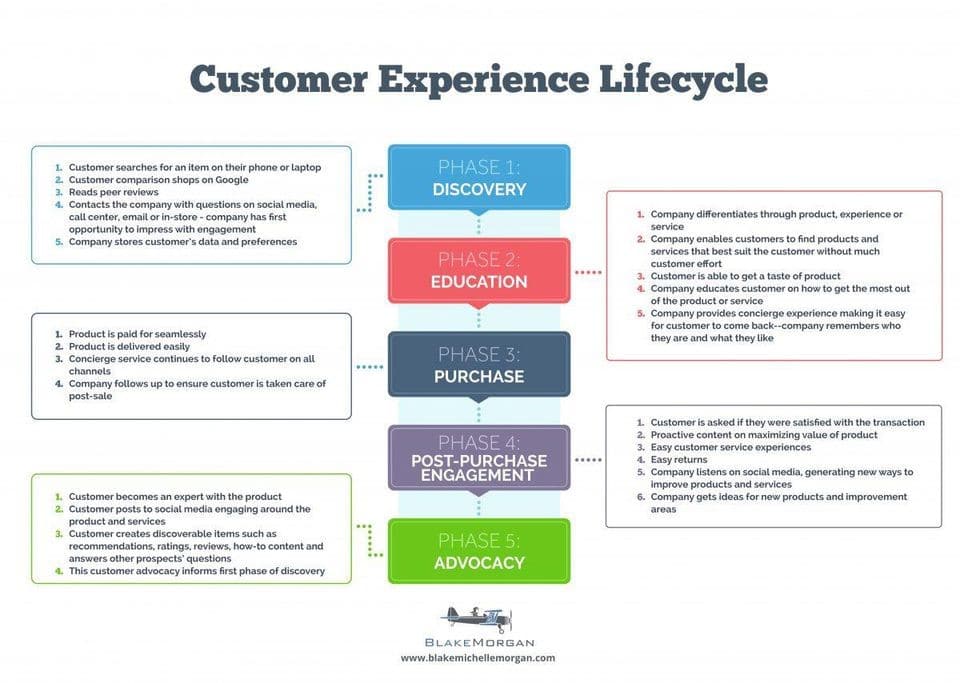Blggzz: Your Daily Dose of Insight
Stay updated with the latest news and informative articles.
From Noob to Pro: The Player Lifecycle Marketing Journey
Unlock the secrets of player lifecycle marketing! Transform your gaming strategy from novice to expert with our essential tips and tricks.
Understanding the Player Lifecycle: Key Stages from Noob to Pro
The player lifecycle is an essential framework for understanding how gamers progress from beginners to seasoned experts. The journey usually starts with the Noob stage, where players familiarize themselves with the game mechanics, controls, and basic strategies. As they invest time and effort, they transition to the Intermediate stage, where they begin to develop their skills, learn advanced techniques, and engage with the gaming community. This evolution is crucial, and recognizing the key stages of the player lifecycle can help developers create more effective onboarding experiences and retain players for longer periods.
Once players reach the Advanced stage, they start to build a deeper understanding of game dynamics, often participating in forums and competitive play to refine their abilities. Finally, the journey culminates in the Pro stage, where players not only master the game but may also enter the professional scene, whether through tournaments or streaming. By comprehending the player lifecycle, both developers and enthusiasts can foster a more engaging gaming environment that enhances player satisfaction and retention.

Counter-Strike is a popular tactical first-person shooter game that has captivated millions of players around the world. It demands teamwork and strategy, making it a favorite in competitive gaming. If you're looking to enhance your gaming experience, consider using a betpanda promo code for exciting offers.
Strategies for Engaging New Players: Transforming Noobs into Lifelong Gamers
Engaging new players is essential for nurturing a vibrant gaming community. Strategies for engaging new players revolve around creating a welcoming atmosphere and fostering a sense of achievement. One effective approach is to implement structured tutorials that guide players through basic mechanics while offering rewards for completion. This can be enhanced by introducing mentorship programs, where experienced gamers support newcomers, helping them to learn the ropes and enjoy the game without feeling overwhelmed. Such initiatives not only ease the transition into gaming but also promote camaraderie among players.
Another key strategy is to encourage social interaction within the game. Creating in-game events where players can collaborate on challenges or compete in friendly competitions can significantly boost engagement levels. Utilize community platforms like forums and Discord servers to foster discussions and allow players to share tips and experiences. By establishing these connections, new players are more likely to feel invested in the community, ultimately transforming them from noobs into lifelong gamers. This sense of belonging can be instrumental in driving player retention and enhancing their overall gaming experience.
What Does It Take to Level Up? Insights into the Player Journey
Leveling up in games is more than just achieving a higher number; it's a journey that involves a blend of skill, strategy, and perseverance. Players often begin their journey with minimal resources and knowledge, gradually learning the mechanics of the game. This progression can be broken down into several stages:
- Understanding Mechanics: Initially, players must learn the basic controls and functionalities of the game.
- Building Skills: As they progress, honing their skills through practice becomes vital.
- Forming Strategies: Successful players develop strategies tailored to their play style and the challenges they encounter.
Moreover, the emotional and psychological aspects of the player journey are crucial in defining the experience. The sense of achievement from leveling up motivates players to invest more time and effort into the game. However, challenges may also lead to moments of frustration. To make the journey more engaging, game developers often incorporate elements such as rewards, feedback loops, and community interaction. By understanding these facets, players can optimize their approach and truly enhance their leveling up experience.